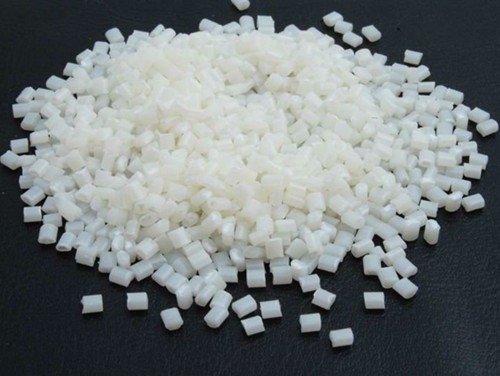Polysulfides are a group of chemical compounds that contain sulfur atom chains. Polysulfides are divided into two categories: anions and organic polysulfides. The general formula for anions is S2 n. The conjugate bases of the hydrogen polysulfides H2Sn are these anions. Organic polysulfides are usually denoted by the letters RSnR, where R stands for alkyl or aryl.
Polysulfides are used as crosslinks in many commercial elastomers. These crosslinks provide stiffness by connecting nearby polymer chains. The number of crosslinks is proportional to the degree of stiffness. After being stretched or squeezed, elastomers have the unique ability to "snap back" to their previous shape. Elastomers are usually referred to as rubbers because of their memory for their original cured shape. Vulcanization is the process of crosslinking the polymer chains in these polymers with sulfur. The sulfur chains bind to the "allylic" carbon atoms that are found next to C=C bonds. Vulcanization is a chemically similar to natural rubber phase in the processing of polychloroprene (Neoprene), styrene-butadiene, and polyisoprene. The discovery of vulcanization by Charles Goodyear, which involved heating polyisoprene with sulfur, was groundbreaking because it transformed a sticky and nearly useless material into an elastomer that could be made into usable items.
Rubberized fuel storage tanks, oil- and gasoline-resistant tubing, and gastight diaphragms for gas meters are all made with polysulfide rubbers. Liquid Thiokols are used to make sealing compounds.
